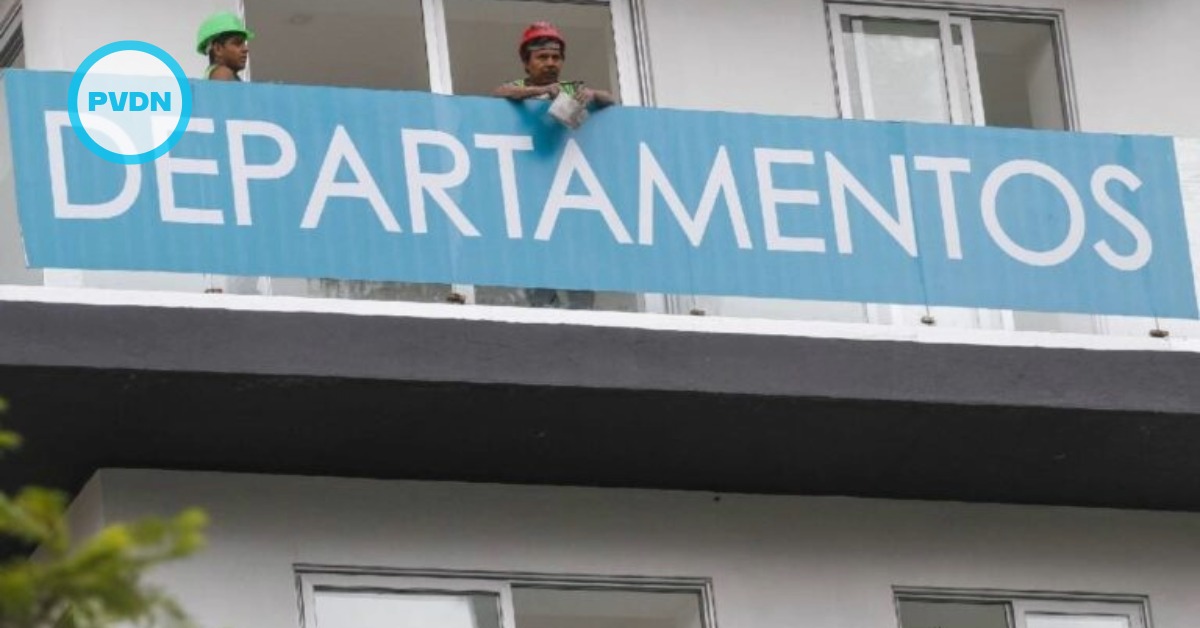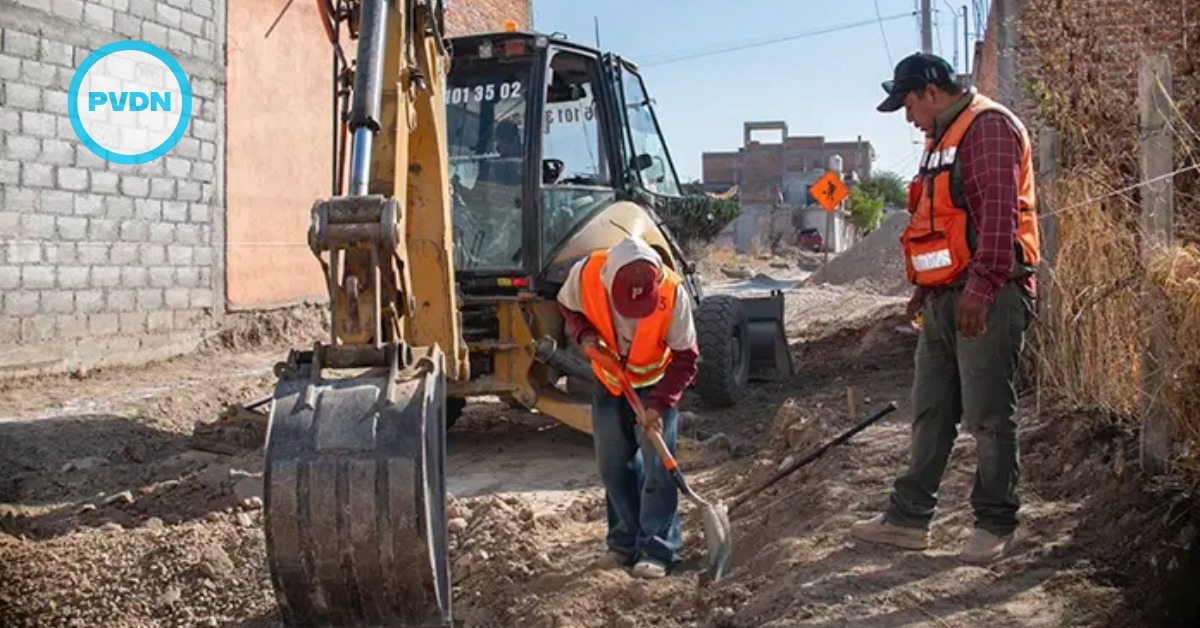The minimally invasive surgeries performed by robots are the future of surgical interventions, because of the advantages they offer in procedures and recovery costs, said Dr. José Manuel Mier Odriozola, a specialist in thoracic surgery.
"In a few years and I'm not talking about a hundred, I think in about 10 or 15 years, they will operate alone (the patient), because there will be more sophisticated software where you will load the surgical coordinates to the robot and it will only be able to perform the surgery," said the doctor.
Last July 28, the specialist performed the first two . . .






